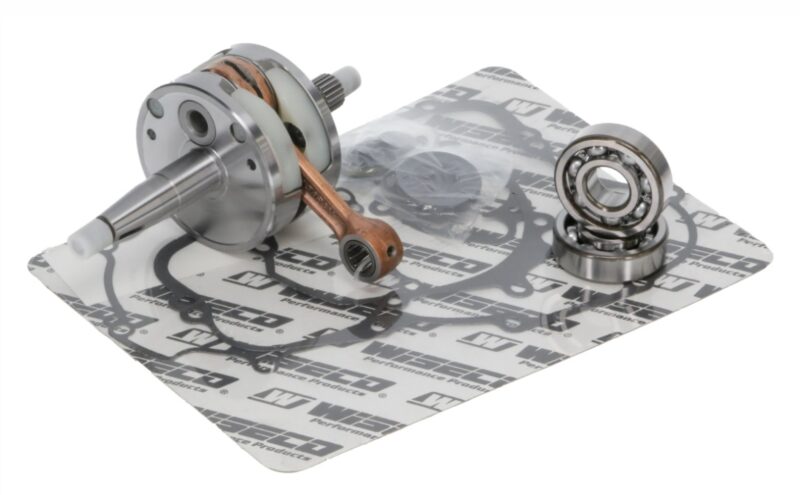Inside Wiseco Crankshaft Quality Control and Engineering
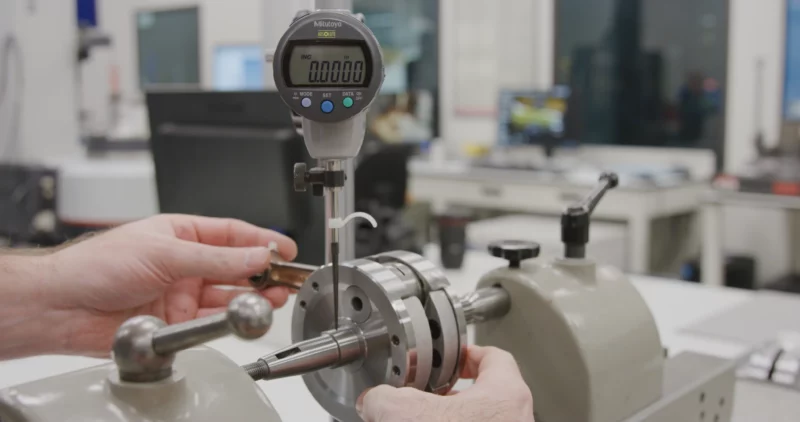
Wiseco’s crankshaft assemblies go through multiple stages of R&D and quality control before they end up in your engine. Check out how Wiseco bottom end kits make your bottom end rebuild easy and reliable.
Whether you ride a dirt bike, ATV, or any other powersports machine, the time for a bottom end freshening up will come. Hopefully it doesn’t come because of a crankshaft failure, but we all know sometimes stuff happens. Regardless of the reason you’re rebuilding your bottom end, ordering durable parts and having everything you need makes it a lot easier on your mind and your wallet.
An extensive process of designing, engineering, quality control, and benchmarking goes into every Wiseco bottom end rebuild kit. Wiseco’s bottom end kits consist of the crankshaft itself, a bottom end gasket and seal kit, and main bearings. Each application has one part number for the complete kit, making it simple and easy for the customer.

Find a Wiseco bottom end kit for your machine here.
Research and Development
Wiseco’s engineering staff is responsible for the complete design of all Wiseco crankshafts, including all assembled dimensions, clearances, materials, and specifications. During the research and development process, the engineering team will first examine the OEM crankshaft. They will take numerous measurements of lengths, widths, thicknesses, tolerances, and clearances. OEM crankshafts will be put through this testing process first, allowing engineers to determine where there are weaknesses in those crankshafts so they can tailor their designs to improve upon those areas.
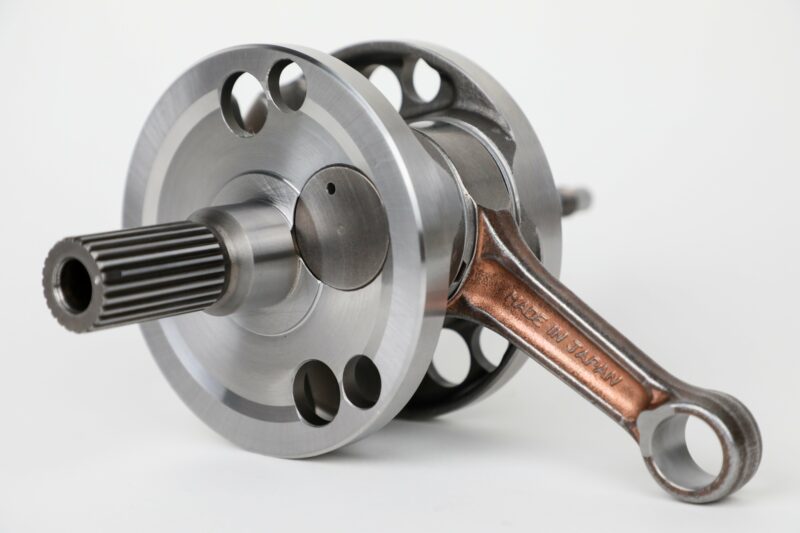
The first step in crankshaft reliability is using properly treated materials.
One critical component of all Wiseco crankshafts is properly treated materials. Crankshaft webs and connecting rods are double forged for strength, and then put through heat treatment. Proper heat treatment on connecting rods and main webs of crankshafts normalizes the materials and is essential to wear resistance because it prepares the metal for the heat and stress conditions experienced during engine operation. Without this process, the rod and crank webs could have inconsistent qualities and weak spots. If the crank components don’t have the lowest friction and best possible wear protection, some or all of the affected crankshaft components could fail, which is almost always catastrophic for the entire engine.
Also included are low friction bearings. Optimally located rod oil slots help keep these low friction bearings properly lubricated. A main bearing that spins smoothly and easily while also operating within strict tolerances is important to allow your engine to perform quietly and efficiently, without any accelerated wear from operation outside of tolerances.
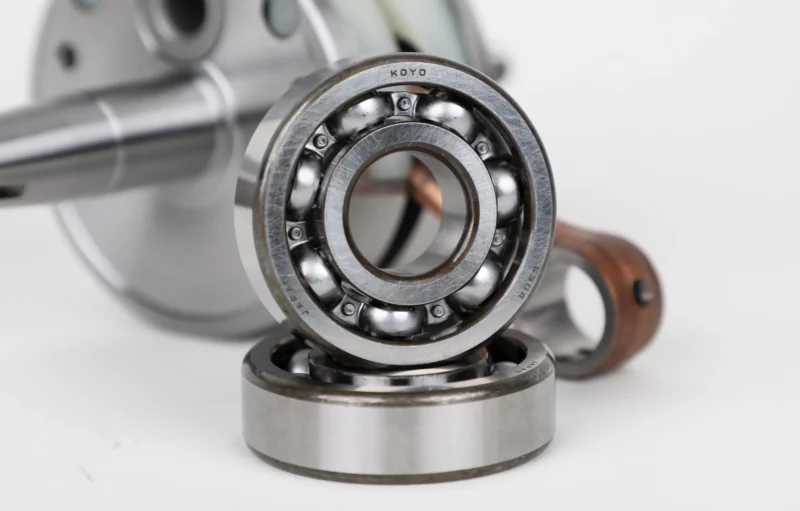
Keeping crank bearings properly lubricated and free of debris is essential to crankshaft function.
Before designs are finalized, crankshafts are installed in a motor and tested at wide open throttle for 4 hours. If a crank or any part of it does not last for the entire 4 hours, the engineers will reexamine and redesign any parts needed. When the crank lasts the full 4 hours, it is next inspected for signs of high wear resistance, so Wiseco can be sure the crankshafts will have many hours of service life.
Testing and Quality Control
The first step in the quality control process for the crankshafts is ensuring consistent quality across every part that comes in. Wiseco has created close relationships with their material and parts suppliers to make sure that each and every part going into their cranks meets strict quality standards.
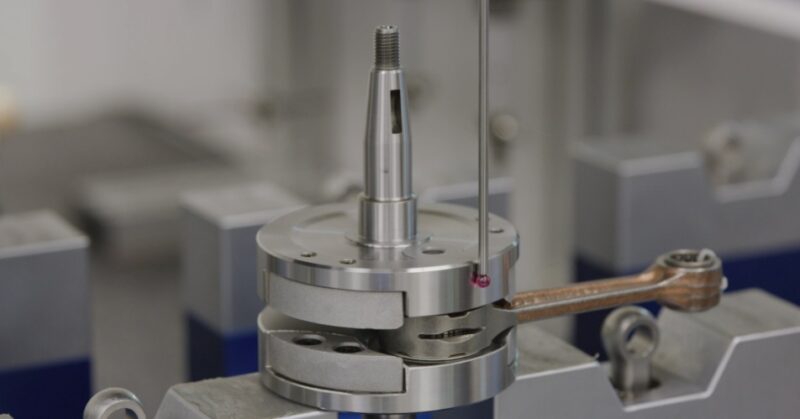

Wiseco crankshafts are batch tested in the in-house QC lab against all critical dimensions using CMM equipment.
A great example of the importance of working with suppliers is the big end bearings used in Wiseco crankshaft assemblies. Cleanliness of the bottom end bearings is a major factor in proper crank operation. If there is any debris from manufacturing in a main bearing, wear on the bearing will be accelerated, leading to bearing failure, and ultimately, crank failure. Adequate filtration systems and processes have been put in place with the supplier to make sure debris is taken care of right away. Individual inspection and initial testing steps are also taken by the supplier to assure quality begins at the source.
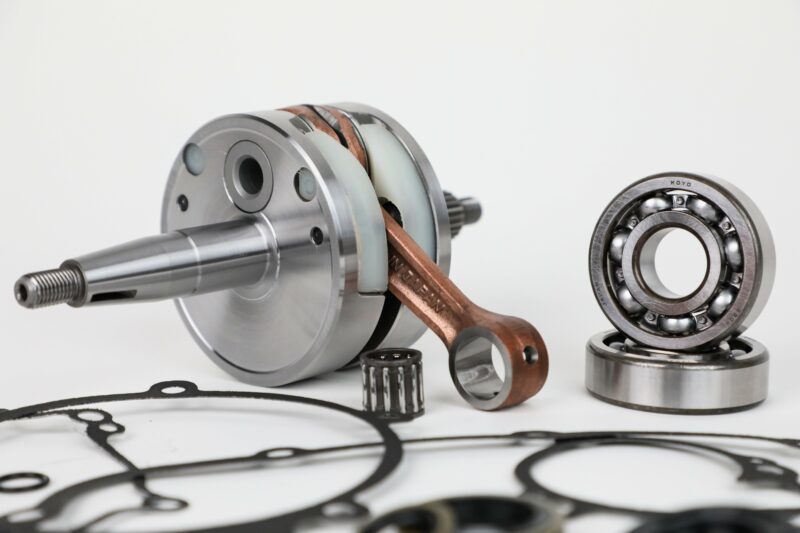
Quality control steps for cleanliness, material, and operation start at the supplier, and don’t end until everything is boxed up and ready to ship.
The next step in the crankshaft assembly after parts are received from suppliers is to thoroughly hand-inspect for any imperfections or dimensions outside of Wiseco’s specifications.
According to Wiseco’s Director of Powersports, Scott Highland, “A sample group from each incoming shipment is fully inspected in our engineering lab prior to being placed in inventory to be sold. Inspection is fully dimensional, and all data is recorded and compared to standards for each specific crankshaft.” Crankshaft pieces that pass inspections are then used to assemble the crankshafts themselves, then sent off for further testing.
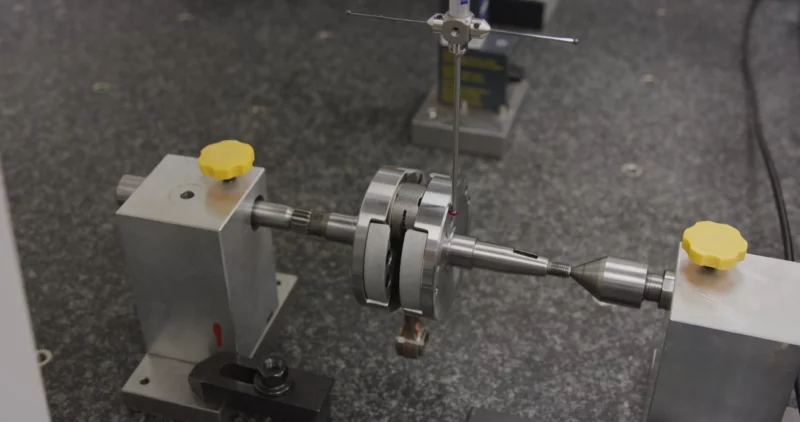
The assembled cranks are first tested for any operation that runs outside of specified tolerances. This is referred to as testing the crank for trueness. If there are any that are found to not operate completely within the specified tolerances, they will not be used.
Scott Highland comments, “Inspecting crankshaft run-out, or trueness, is critical to the crankshaft running smoothly in the engine with less vibration and improved main bearing wear.” Any part that is not in compliance will be recorded and scrapped.
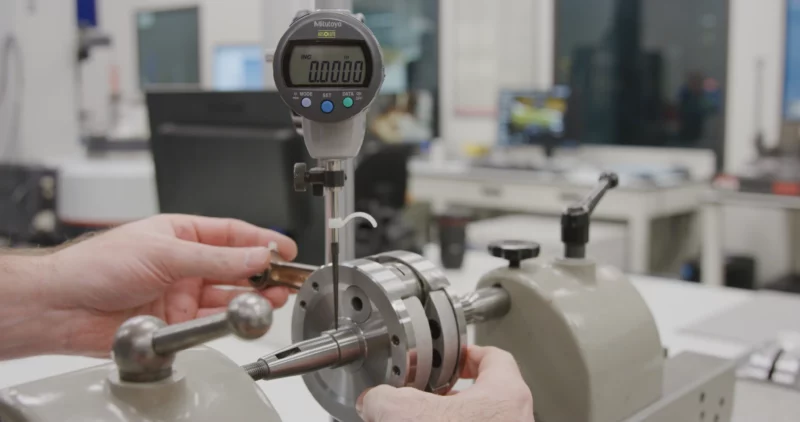
OEM Following the Aftermarket
Back when Honda was still making the good old 2-strokes, there were certain model years that had what the powersports industry refers to as the “tin can” design for the crankshaft. What this nick name refers to is the web of the crankshaft — which is the section that houses the main bearing and shaft — had a surrounding metal piece that resembled somewhat of a tin can. The connecting rod would rotate on the main bearing through the middle of this “tin can.” The natural highly repetitive motion of the crankshaft would cause a great deal of fatigue on the tin can, which ultimately resulted in the metal fracturing and metal fragments falling into the crankshaft.
Wiseco created a newly designed crankshaft for the CR250R models that came with the faulty “tin can.” Their new design scrapped the tin can structure and utilized more conventional plastic stuffers that were much more resistant to wear, drastically reducing the chance of bottom end failure. After endurance testing, it proved to be a worthy design. In fact, the new design worked so much better that Honda later started using a similarly designed crankshaft with plastic stuffers instead of the old faulty design.
It’s always a good idea to inspect the bottom end components of your machine and replace as needed according to your manufacturers suggestions. Ordering one bottom end kit from Wiseco and receiving everything you need at a fair price makes the first steps of your rebuild a whole lot easier.
